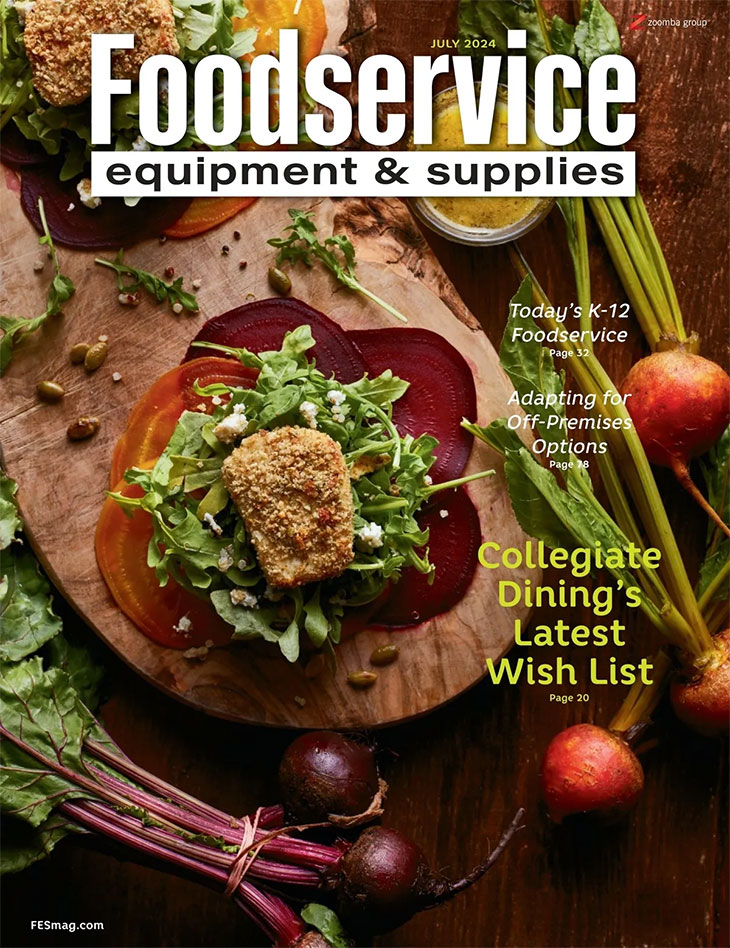While it may seem the new generation of seniors have higher expectations than their predecessors, many of the dining and foodservice characteristics they desire already exist in most senior living communities. That was a key point revealed in a study by Culinary Visions, a Chicago-based foodservice research and forecasting firm.
Culinary Visions surveyed 500 senior consumers more than 55 years old who are living independently and in senior-oriented communities such as assisted living, skilled nursing care and life care. The study identified five ways those individuals yet to enter a senior living community could shake up the foodservice offerings.
1. Skeptical about dining at senior living communities.
Consumers not yet living in senior living communities expressed concerns of menu fatigue and equated the institutional nature of senior living communities with uninspired foodservice. Senior living communities will have to tackle this challenge by developing dining options that today’s seniors find interesting and attractive.
2. Demand high-quality dining experiences
Today’s seniors want a high-quality dining experience consistent with the restaurants they patronize rather than a healthcare facility. Eighty three percent of those surveyed who do not yet live in a senior living community said having a chef on the foodservice staff was important, compared to only 61 percent of current residents who feel that way.
3. Crave fresh foods
Fresh food will remain important for future residents of senior living communities. In fact, those seniors who do not yet live in a senior living community placed a greater emphasis on fresh fruits and vegetables than those people already living in these communities.
4. Seek dining options to socialize
Survey participants not yet residing in a senior living community show a high interest in dining options that allow them to socialize with family and friends, much like they do today. In fact, 92 percent of those surveyed who have yet to join a senior living community agreed that being proud to invite family and friends to dine with them was important. The study shows many benefits in meeting the demand for dining services that promote social activity. Such dining options will attract the new crop of seniors to these communities, enhance the residents' well-being and can increase revenue from nonresidents visiting the facility.
5. Prefer a range of foodservice options
Seniors yet to join a senior living community remain very interested in having a variety of foodservice options from which to choose. That includes cafes, restaurants, cafeterias and retail markets. They also want more access to snacks and room service. For example, 83 percent of seniors yet to join a senior living community say access to snacks is important, compared to 71 percent of seniors currently living in a senior community.
“Aging baby boomers are driving the pressure for higher senior living standards, particularly when it comes to food,” says Sharon Olson, executive director of the Culinary Visions Panel. “Modern seniors crave independence and culinary adventure and have no intentions of compromising their lifestyle as they age.”




